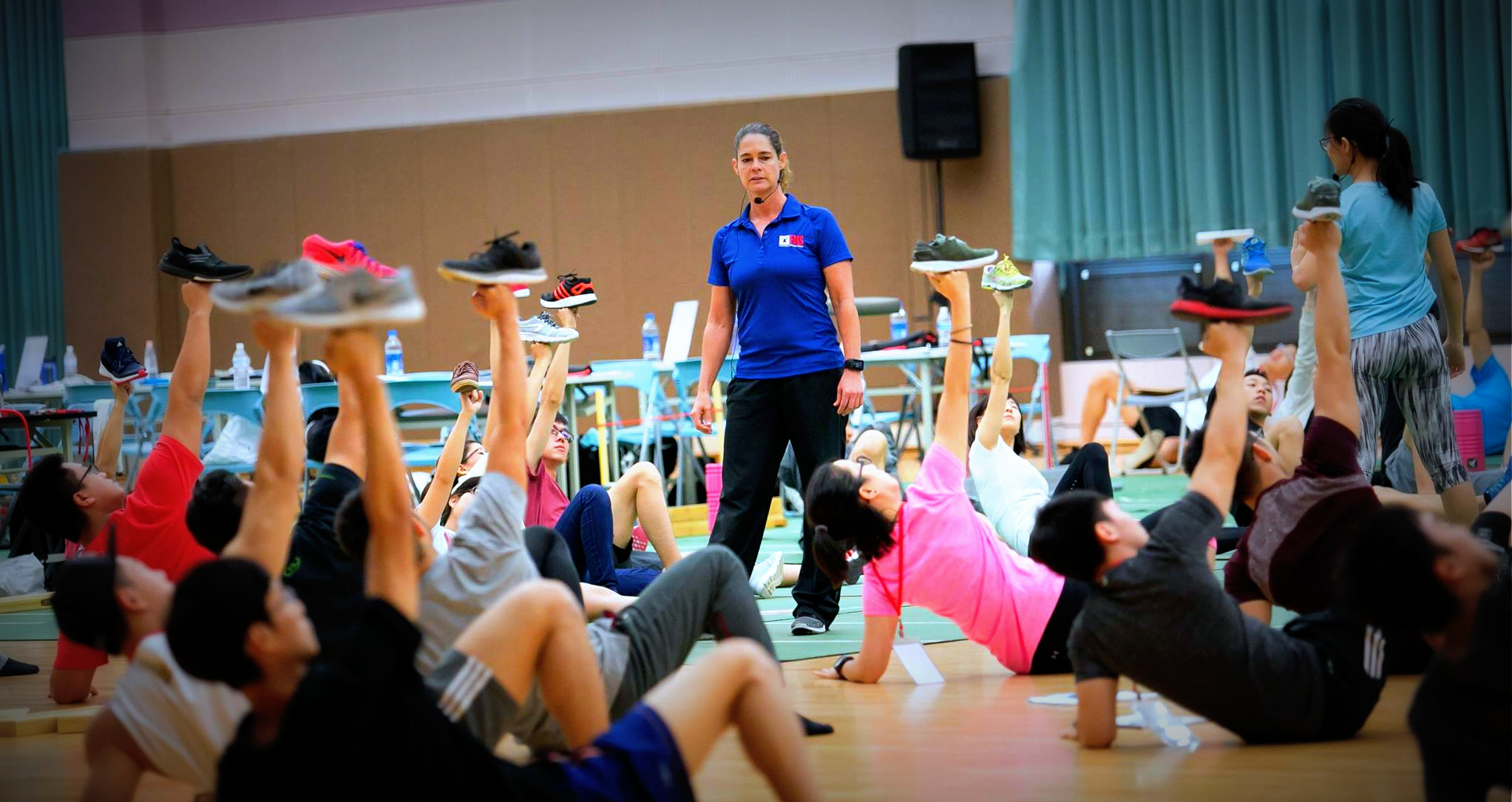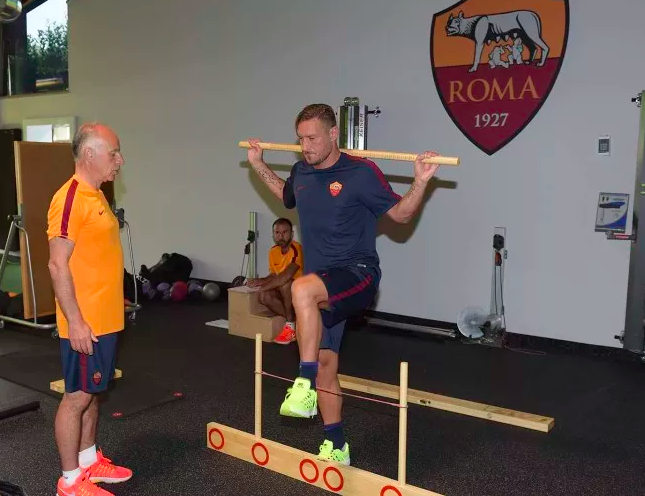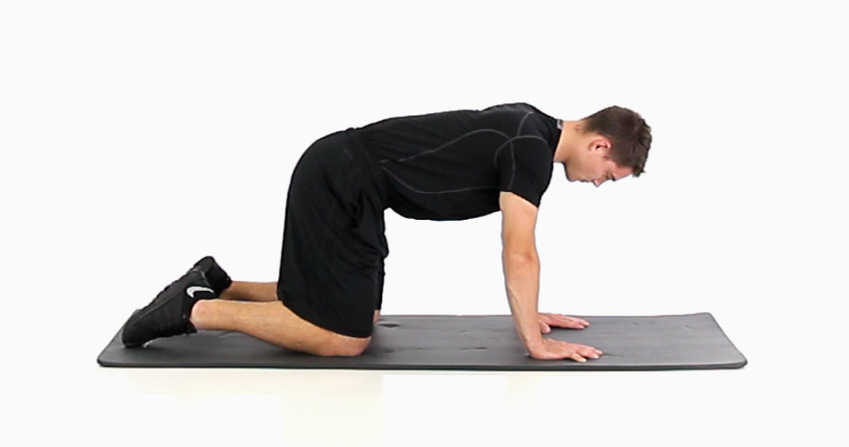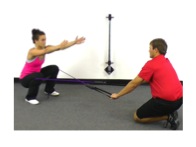Making Progress with Bodyweight Training
Written by Matt Berenc FMS
What’s the one piece of training equipment you will never be without? Many of us would love to say something like a kettlebell or a barbell but at some point-in-time you’ll have to put them down (even if you don’t want to). Your body is the original training tool that will never leave you. It may get battered and bruised but it will always be there in some form, ready to train.
Using your bodyweight for the workout provides a great place to start for those new to training and provides endless possibilities of progression for those who have been at it for a while. It shows ownership of the movement and can prepare you to handle higher intensity when or if you add external load. Plus, since your body is the one piece of equipment that you will always have access to, you can stay on track to your goals whether you are stuck at home or out on vacation.
Progress with bodyweight training (or any type of training) requires the appropriate manipulation different programming variables over time; think volume, intensity, and rest duration. This serves two purposes. First, it allows you to find the right starting point for the exercise based on training and movement ability. This helps to ensure success in the program while avoiding patterns you can’t control. The second purpose of manipulating training variables is to progressively increase the demands of the program. This triggers the body to adapt to the stress of training, leading to improve resiliency and performance.
Some key variables to prioritize in your bodyweight training programs are volume, tempo, and base of support. While there are definitely others you can and should use, these three broadly apply to any exercise you may perform creating an opportunity to either change the intensity or difficulty of the movement pattern.
Volume is one of the most common and straightforward way of increasing the challenge of your program. Simply put, you perform more or less sets and or reps of the exercise. If you start with completing 10 push-ups, increasing your rep target to 12 is a 20% increase. This leads to a higher work capacity allowing you to delay the onset of fatigue while sustaining force production and maintaining technique. To progress volume, you can use both reps and sets, just try to keep to a 10-20% increase.
The “ladder technique”, or a progressive repetition scheme, is a great way to add volume. Start by picking a repetition range that matches your goals and the type of movement being trained, 1-5 for strength or pull ups and 5-15 for endurance or push-ups. Begin at the bottom of the ladder and with each rung increase the reps until you reach the top. Start again at the bottom for the pre-determined number of “ladders”. For example, pull ups for 3 ladders of 1-3 reps means you perform 1 pullup, take a short rest, perform 2, another short rest, and finally 3 reps. Take a little longer rest and then start again at 1 rep. In the end, you’ll complete 18 reps with better form and likely less fatigue than if you complete 3 sets of 6 reps straight.
Tempo training is another great way to progress the program. Tempo refers to a predetermined cadence for the completion of each rep. Often represented in seconds, you set a duration for the eccentric phase, the pause at the midpoint, the concentric phase, and the pause at the top of the movement before you start again. A 3-1-3-1 tempo for your push-up means you will take 3 seconds to descend, hold the bottom for 1 second, take 3 second to come up, and hold the top for 1 second before repeating. Using tempo as a means of progression can help increase the time under tension for the muscles involved and improve control of the pattern if you are using longer durations. It can also provide tremendous flexibility in how you challenge individual exercises since you have a mix of 4 phases to adjust. A change to any one duration creates a stimulus change that your now needs to adapt to. For example, if I change the push-up to a 3-1-X-1 tempo (X = explode), I now add a power component to the exercise without adjusting the movement itself.
Base of support (BOS) progressions increase the training demand of bodyweight exercises by changing the movement itself. This can lead to either an increase in the complexity of the exercise or a decrease in stability. Adjusting BOS means you are reducing your ground support for the movement either through taking a narrower stance, reducing points of contact, or making the movement unilateral. By reducing BOS your body has to demonstrate greater control over the movement and often resist transverse or frontal plane forces. This applies whether the reduction happens at the upper body, lower body, or both. Examples of progression through base of support are taking a more inline stance on your split squat, changing a baby crawl to a beast crawl, or going from a lunge to a single leg squat. In each example, new forces are introduced to the pattern requiring a greater effort from the body.
As you move through your program pick one variable to adjust at a time. This will help keep you from trying to do too much too soon and potentially overwhelming your system. For instance, during a 4-week phase of training create progression through focusing on either volume or tempo. When transitioning to the next phase, apply a base of support progression to tweak the movements themselves, introducing a new need to learn. Once you’re comfortable with the new version of the movement, volume and tempo can help you build capacity until the next change in BOS.
Bodyweight training can lead to tremendous progress and can be a key part of any program. Adjusting the right variables to increase the stress of training will keep the stimulus fresh and the body adapting. Since your body is the gym you’ll always have access to, this ensures you can stay on track toward your goals no matter the circumstance!
Author

Matt Berenc has been a coach and teacher in the fitness industry for close to 20 years. Throughout his career he has worked with clients of all ages and abilities, ranging from high performance athletes to the general population fitness enthusiasts. Most recently Matt served as the Director of Education for the Equinox Fitness Training Institute (EFTI). In this role, he oversaw the development, curation, and implementation of education to support more than 2,800 personal trainers in delivering the best results for their clients. He has delivered continuing education workshops at various locations throughout the US, Canada, and London, including presenting at the NSCA National Personal Trainers Conference. Since 2015 Matt has been an instructor for Functional Movement Systems FMS Level 1 and Level 2 certifications.
Related Resources
-
Why AS Roma Incorporates The FMS
Posted by FMS








